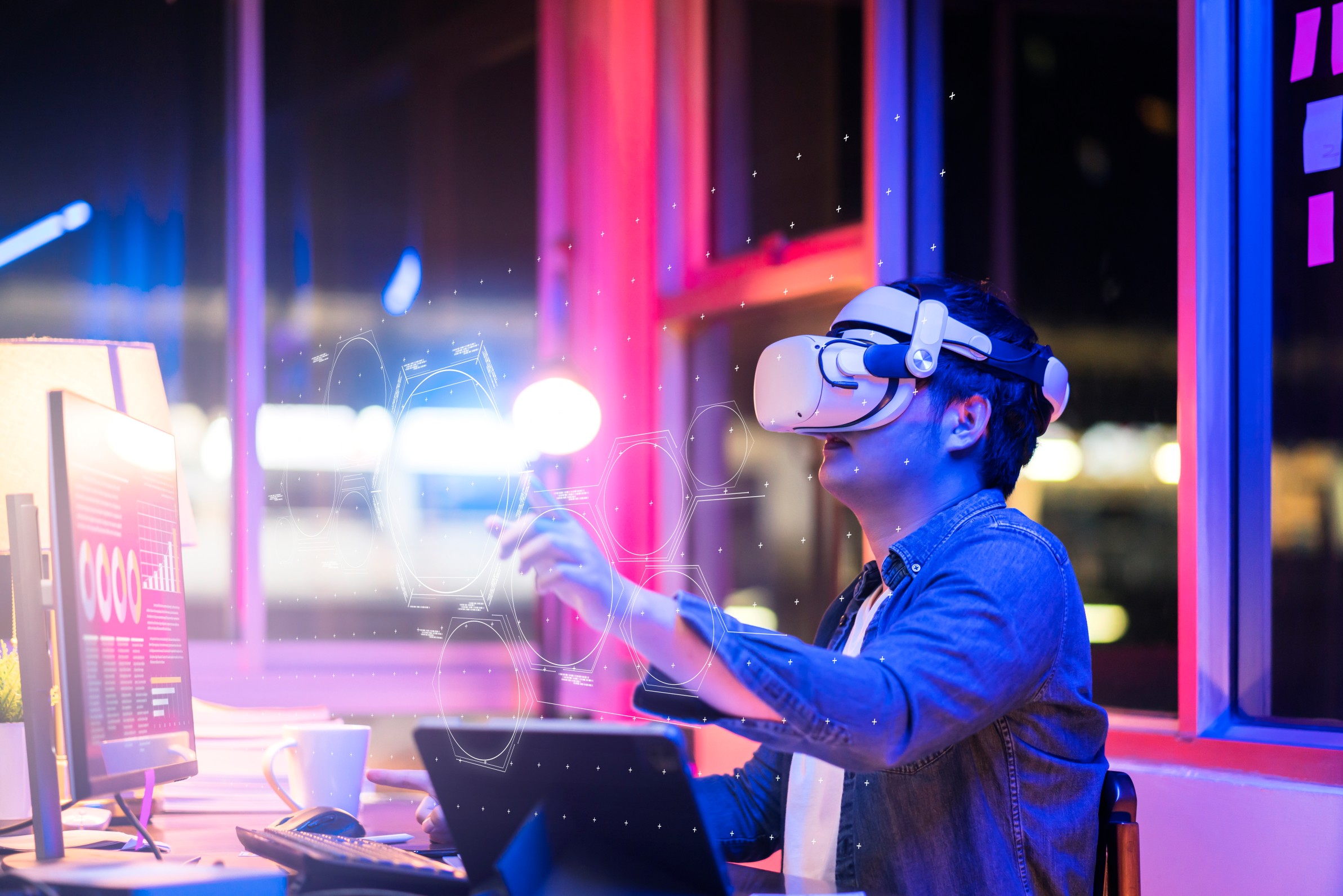Enhancing Education through Virtual Reality: Unleashing the Potential of VR in Schools

In recent years, technology has made remarkable advancements, revolutionizing various industries. One such groundbreaking innovation is Virtual Reality (VR). Initially embraced primarily in the gaming and entertainment sectors, VR is now making its way into the education system, transforming the way students learn and engage with academic content. In this blog post, we will explore the importance of VR in schools and how it can enhance the educational experience for students.
Immersive Learning Experience
Traditional classroom teaching often relies on textbooks, lectures, and visual aids. While these methods have their merits, they may fail to capture students' attention fully or make the subject matter truly come alive. Virtual Reality bridges this gap by creating immersive learning experiences. By putting on a VR headset, students are transported to virtual environments where they can explore historical landmarks, dive into the depths of the ocean, or even visit distant planets. This immersive experience helps students engage with the material in a more meaningful way, making learning enjoyable and memorable.
Active and Experiential Learning
VR provides a unique opportunity for active and experiential learning. Instead of passively absorbing information, students can actively participate in simulations and virtual experiments. For instance, in science classes, students can conduct virtual experiments that may be expensive, dangerous, or simply impossible to replicate in a traditional lab. This hands-on approach to learning fosters critical thinking, problem-solving, and decision-making skills, empowering students to apply theoretical concepts to practical scenarios.
Enhanced Understanding and Retention
One of the biggest challenges in education is ensuring that students understand and retain what they learn. VR can be a game-changer in this regard. Research suggests that the use of VR in education leads to better knowledge retention compared to traditional methods. When students interact with virtual objects and environments, their spatial awareness and cognitive abilities are enhanced. This active engagement enables them to better understand complex concepts and improves their long-term memory retention.
Accessibility and Inclusivity
Virtual Reality has the potential to address accessibility and inclusivity concerns in education. It can provide equal learning opportunities for students with disabilities or those who face geographical limitations. For example, students who are unable to physically visit historical sites or museums can experience them virtually, eliminating barriers and ensuring a level playing field for all learners. VR also enables personalized learning experiences, allowing students to learn at their own pace and adapt the content to their individual needs.
Collaboration and Global Connectivity
VR facilitates collaboration and global connectivity among students and educators. Through VR platforms, students can collaborate on projects, interact with peers from different cultural backgrounds, and gain a broader perspective on various subjects. This virtual collaboration promotes teamwork, communication skills, and cultural understanding, preparing students for the interconnected global society they will face in the future.
Conclusion:
Virtual Reality holds immense potential in transforming education by creating immersive, engaging, and interactive learning experiences. It empowers students to explore, experiment, and connect with knowledge in ways previously unimaginable. As VR technology continues to evolve and become more accessible, integrating it into the school curriculum will be crucial to prepare students for the challenges and opportunities of the digital age. By harnessing the power of VR, we can create a dynamic and inclusive educational environment that inspires a love for learning and equips students with the skills they need to thrive in the 21st century.
-Teams Spegz
